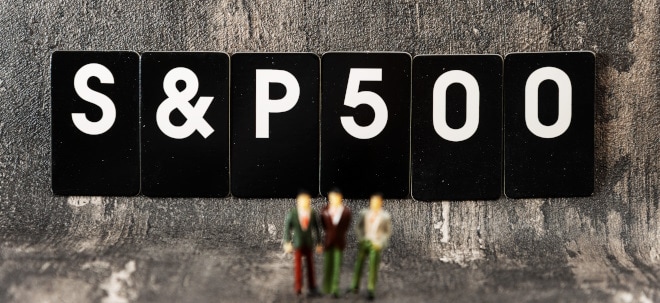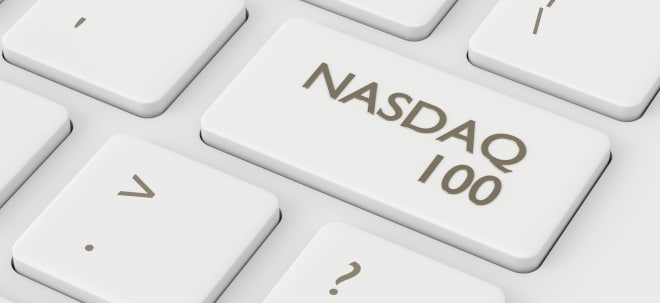Like all open market operations, QE involves altering reserve balances in the
banking system and does not add net new financial assets to the private sector. Some of
the more common myths about QE are discussed briefly below:
Is it right to call QE “monetization”? We have to be very precise in explaining
the idea of debt monetization and how it pertains to QE. When we understand the
various environments in which QE can occur we have to consider that QE can occur with
a budget deficit or without a budget deficit. If the US government were running a budget
surplus while also running the QE program it’s unlikely that anyone would refer to it as
“debt monetization”. But it’s convenient to intermingle fiscal policy with monetary
policy when considering the monetization myth because it furthers the thinking that the
central bank is financing the government’s spending. It’s important to understand that
the idea of QE “funding” the US Treasury would likely mean that demand for US debt
has dried up (that is, with a deficit, they cannot sell debt to the public due to a lack of
demand). That’s very clearly not true and the end of QE2 proved this as yields declined
and demand at US government bond auctions remained very strong despite the end of the
program.
In my view, it’s important to make a distinction in these transactions between
monetary policy and fiscal policy to avoid confusion. Some might be inclined to
combine the two to imply that the Fed is directly financing the Treasury and causing the
potential for inflation. But we should be clear about this. The Fed is buying bonds on the
secondary market that have already been purchased. Further, it is implementing these
transactions, not because there is a lack of demand for t-bonds, but because the Fed is
trying to implement monetary policy. In other words, the Fed is not doing fiscal policy
and it should not be implied that the Fed is necessary to achieve fiscal policy. That could
be different in different circumstances, but it is not accurate at present.
It’s true that the government could use the Fed to fund the US Treasury’s spending,
but that would involve a full blown rejection of bonds by the Primary Dealers and the
private sector (something that would likely only occur during a very high inflation). In
other words, the only time the Fed would be required to purchase bonds in a funding
short-fall is in the case where the private sector refuses to purchase bonds and the Fed
must fill the void. Clearly, given record high bond prices, declining bond yields and very
strong demand at all auctions, the evidence that this is occurring is fairly weak.
Therefore, for this analysis I am treating monetary policy and fiscal policy as separate
policies.
QE in the form of buying back government debt is not necessarily “money
printing” or “monetizing the debt”. QE, as shown in the examples above, is actually a
pure asset swap (reserves for bonds). The private sector’s net financial assets are the
same though the composition changes. QE via a non-bank results in deposit issuance by
a bank which might appear like monetization, but you must also note that the t-bond has
essentially been unprinted because it is removed from the private sector and sits on the
Fed’s balance sheet where it has practically zero impact on the real economy (the Fed
doesn’t buy groceries at Wal-Mart after all). So QE via a non-bank can change the
moneyness of the private sector’s assets, but won’t necessarily change the level of
inflation since spending is a function of income relative to desired savings and QE
doesn’t directly change any of the variables in that equation. Therefore, the terms
“money printing” and “monetization” must be explained in more detail and aren’t
applicable in the inflationary sense in which most people use the terms.
http://papers.ssrn.com/sol3/papers.cfm?abstract_id=2397992
-----------
'Being a contrarian is tough, lonely and generally right' |


 Thread abonnieren
Thread abonnieren


